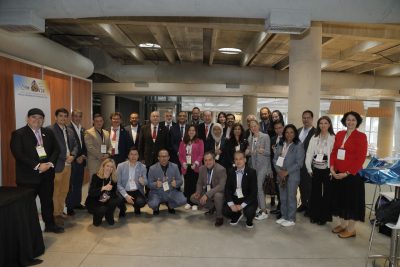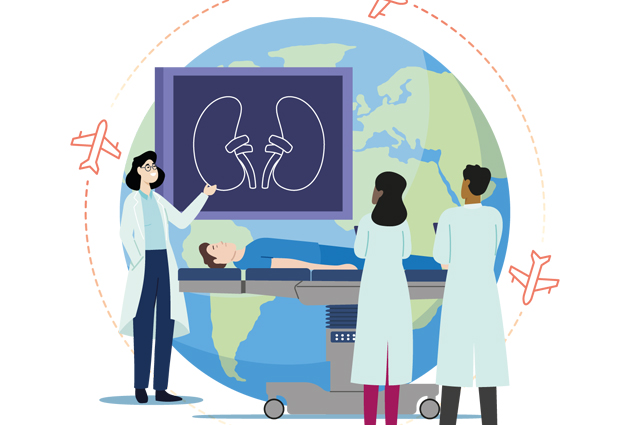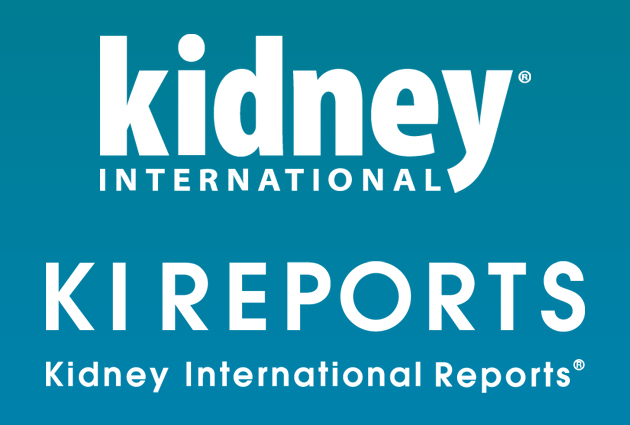“The World Is a Very Different Place for Nephrology Nurses”: The ISN Kidney Health Professionals Working Group on Post-Global Pandemic Working Conditions for Nurses
In anticipation of International Nurses Day on Friday, May 12, the ISN’s Kidney Health Professionals Working Group shares an in-depth examination of the worldwide post-SARS-CoV-2 pandemic landscape for nephrology nurses.
The Post-SARS-CoV-2 Pandemic Global Nephrology Nursing Workforce
Paul N Bennett, Henriette Nygård, Reena George, Michele Trask, Michelle Wong, Rachael Walker, Zehra Aydin, Ana Elizabeth P L Figueiredo on behalf of the International Society of Nephrology Kidney Health Professionals Working Group
The world is a very different place for nephrology nurses in 2023 as we emerge from the recent severe acute respiratory syndrome coronavirus 2 (SARS-CoV-2) pandemic. We have learned to cope with the increase in sudden deterioration and death of the people we care for, illness and deaths of nurses, technical and medical colleagues and increased acute kidney injury (AKI) care. This has required extraordinary flexibility in taking care of people with kidney failure who are SARS-CoV-2 positive while managing extreme staff shortages. This commentary will provide insight into SARS-CoV-2 and nephrology nursing from a global perspective.
“The Nephrology Nursing Shortage: Insights From a Pandemic” (Boyle et al., 2022) highlighted the US nephrology nursing limited resource pool with current projections of fewer nephrology nurses at a time of increasing need. The authors implore nephrologists, dialysis organizations, patient advocacy groups, hospitals, academic institutions, and healthcare systems to support the vitality of the nephrology nurse workforce.
Boyle et al. (2022) described nephrology nurses’ largely autonomous role that requires unique clinical and technical skills. This is relatively universal to all nephrology nurses, not just in the US. They describe the common US reality of a threefold increase in AKI treatments and a doubling of continuous kidney replacement therapy (CKRT) treatments. During this time, nephrology nurse attrition was understandably high, emphasizing the need to rethink strategies to optimize recruitment and retention of nephrology nurses. Recommended strategies for the US context include increased collaborations with nursing schools to provide nephrology student clinical placements, nurse residency programs for novice graduates, dialysis provider loan forgiveness programs, and raising the profile of nephrology nursing through traditional and social media campaigns, informational videos, mentoring networks and programs at national meetings.
Globally, the effects on nephrology nursing have included nursing shortages, novel workforce strategies, increased telehealth, SARS-CoV-2 education, leadership, scheduling and logistic challenges, and increased mental health challenges.
Global nephrology nursing shortages are nothing new, although they have gained greater publicity with the SARS-CoV-2 pandemic. Shortages were exacerbated by an increase in SARS-CoV-2-related acute kidney injury and health services requiring nurses to be redeployed in frontline pandemic roles. In many countries, dialysis nurses were employed in emergency service-intensive care for more than 12 hours a day for months. In some lower-income regions, they did not receive overtime allowance. In some areas, the SARS-CoV-2-related lockdowns restricted nurses’ private lives, allowing nurses to consider extra shifts. The additional workload added to nurses’ increased exposure to SARS-CoV-2 infection before complete vaccination. This was higher in certain regions that were slow to obtain sufficient personal protective equipment and vaccination schedules.
A common global reaction to the dialysis workforce shortage was an increased reliance on non-nursing roles. Brazil is typical of many middle-income economies where financial remuneration and low salaries for long working hours are the reality. Lower-paid patient care technicians increasingly carried out dialysis (18 months of training compared with five years as a nurse) In Turkey, national regulations in dialysis have opened the way for the employment of health technicians who receive two years of training to complement nurses who received a six-month dialysis nursing certificate training after four years of nursing education.
The dialysis workforce shortage has seen an increase in dialysis nurses and patient care technicians working longer hours in many countries. The lack of staff combined with relatively low salaries for dialysis nurses and patient care technicians has increased work hours for both. This has resulted in nurses and technicians often working two jobs (72 hours a week), leading to potential fatigue, burnout, and increased safety risks for staff and patients.
In Australia, New Zealand, Canada, and other high-income regions, Nurse Practitioners (NPs) replaced trainee doctor shortages during the SARS-CoV-2 pandemic. NPs are highly skilled autonomous health practitioners with advanced education and clinical training. The NPs’ scope of practice can include making diagnoses and differential diagnoses and ordering and interpreting diagnostic and laboratory tests. They prescribe medicines within their area of competence with the same authority as medical practitioners. During high SARS-CoV-2 outbreaks, this involved covering the dialysis unit, joining ward rounds, and phone triage.
Nephrology nurses developed written and visual information and educational materials for patients and health care teams. These materials were relevant for low-, middle- and high-income countries. Examples of resources developed or contributed to by nurses can be found in this
Importantly, SARS-CoV-2 has helped nurses and nephrologists explore more novel patient care models using telehealth, mobile health or teleconsultations. This has opened new avenues for nurses and nurse educators to offer their services via online platforms and helplines, especially for patients who otherwise had to travel long distances to avail themselves of such services. This is an ongoing positive legacy of the pandemic, particularly where telehealth services are compensated.
A further novel response to the pandemic was the formation of dedicated hemodialysis emergency support teams comprising experienced hemodialysis RNs to provide support, including in rural and remote areas, in the event of emergencies or environmental disasters. This strategy reinforced the importance of providing mentorship and knowledge transfer to hemodialysis unit nurses. It also provided a model for future unexpected disasters and pandemics.
Global nephrology nursing shortages are nothing new, although they have gained publicity with the SARS-CoV-2 pandemic. Recently we have seen a growth in the creation of nephrology nurse associations around the globe, with the main objective of discussing our role as nephrology nurses in the multidisciplinary team caring for AKI or CKD patients. We concur with the US recommendations of increasing early exposure of nursing students to nephrology nursing through clinical placement and providing novel reimbursement mechanisms to attract and retain nephrology nurses.
References
Boyle, S. M., Washington, R., McCann, P., Koul, S., McLarney, B., & Gadegbeku, C. A. (2022). The Nephrology Nursing Shortage: Insights From a Pandemic. Am J Kidney Dis, 79(1), 113-116. doi:10.1053/j.ajkd.2021.07.007
Schuck, K., Mcneill, L., Hosking, J., Holt, S., & Bennett, P. (2022). The 2021 Australian and New Zealand dialysis workforce study. Paper presented at the 49th Renal Society of Australasia Annual Conference, Darwin 16th – 18th June 2022.










